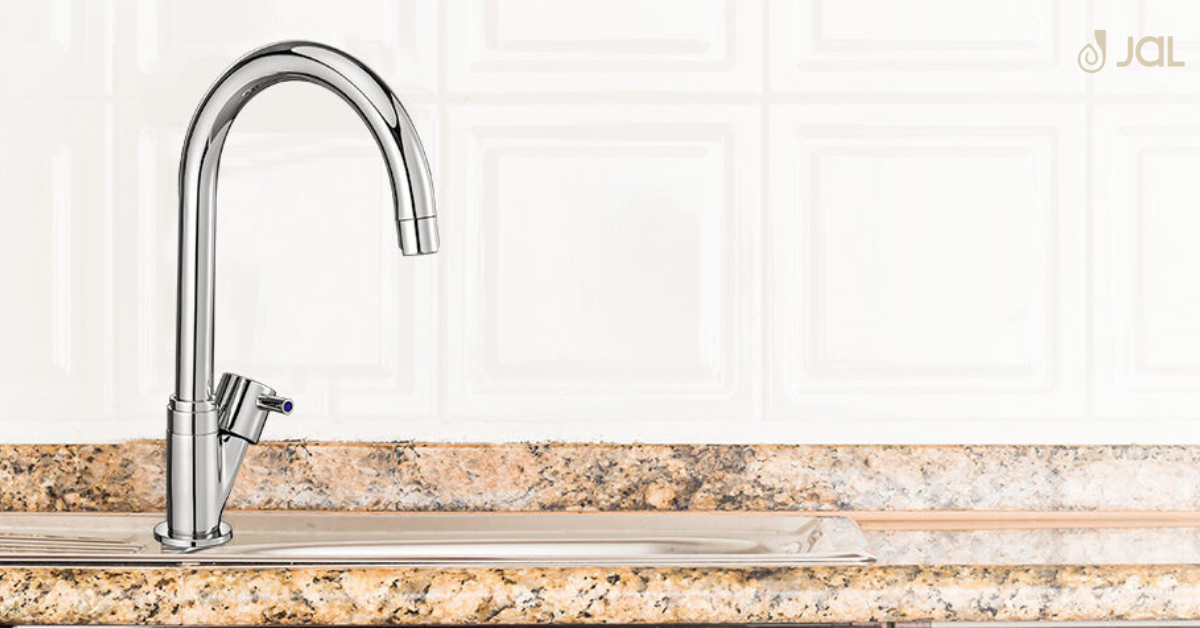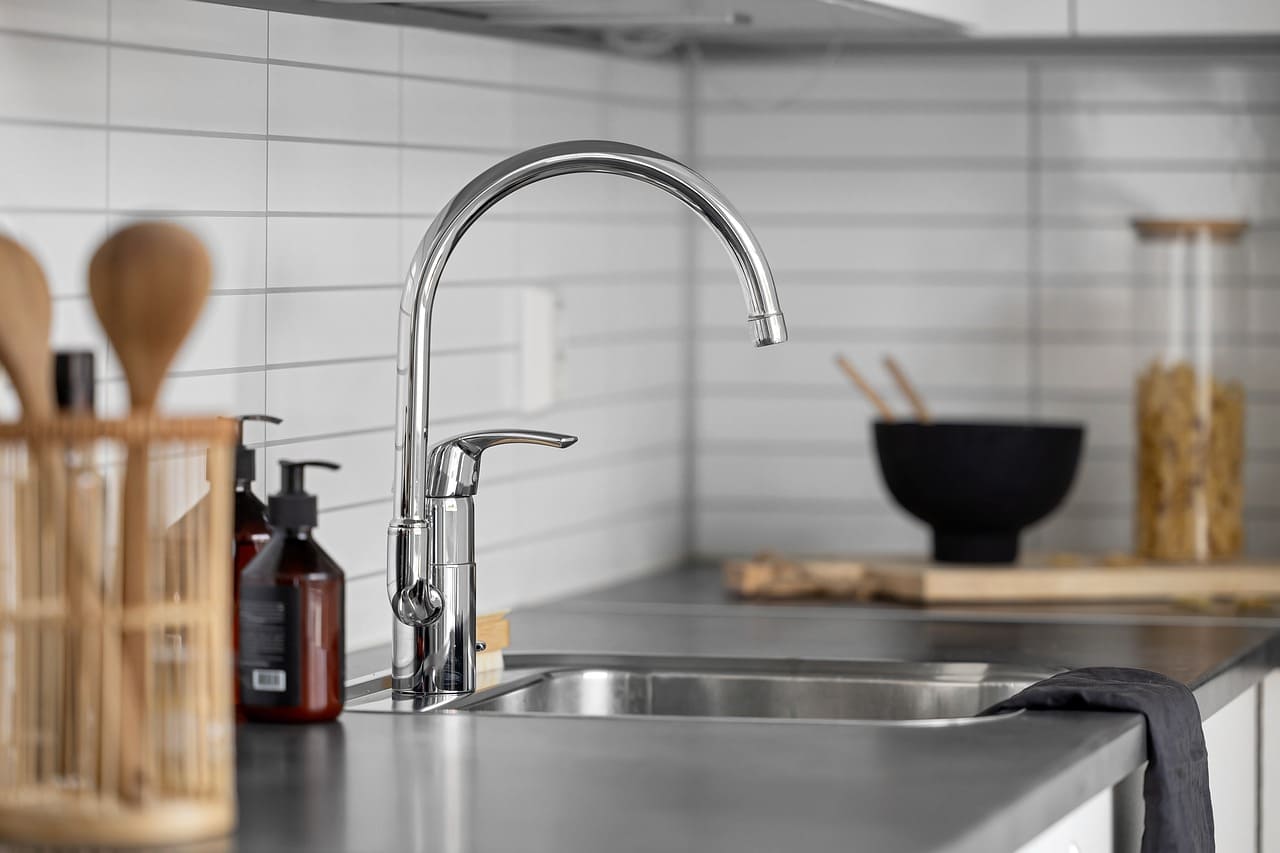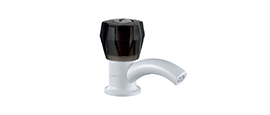The Ultimate Guide To Choosing The Right Kitchen Faucet

We all know that the cookhouse is the heart of the home; it unquestionably takes centre stage. The kitchen faucets are an unsung hero amid everyday life, facilitating cooking, cleaning, and maintaining the overall functionality of the space. However, selecting the best kitchen tap for your home can be difficult. Before making a critical decision, several factors and considerations had to be considered.
Exploring Kitchen Faucet Types
In the vast sea of kitchen faucets, numerous types cater to different needs and preferences:
-
Pull-Out Faucets
These come with a spray head that can be pulled out towards you, making it easier to fill pots and clean the sink.
-
Pull-Down Faucets
Similar to pull-out faucets, but the spray head pulls downward, offering more height and versatility for larger pots and pans.
-
Single-Handle Faucets
Convenient and sleek, these faucets control both hot and cold water with a single lever, offering easy temperature adjustments.
-
Double-Handle Faucets
Featuring separate handles for hot and cold water, these faucets often come with a classic design and offer precise temperature control.
-
Touchless or Motion Sensor Faucets
Effortlessly hygienic, these faucets activate water flow with a simple hand motion, reducing the spread of germs.
-
Commercial-Style Faucets
Resembling those found in professional kitchens, these faucets often feature a high-arc design and a powerful spray for heavy-duty tasks.
Choosing The Right Kitchen Faucet
Let’s dive into selecting the perfect faucet for your kitchen:
-
Consider Your Sink and Kitchen Style
The faucet should complement the style and type of your kitchen sinks you have. Consider factors like the number of mounting holes in the sink and the faucet’s design to ensure a seamless fit.
-
Functionality Matters
Think about the features you need. Do you prefer a single-handle or double-handle faucet? Would you benefit from a pull-down spray head or touchless technology?
-
Quality and Durability
Invest in a quality faucet made from durable materials like brass or stainless steel. A good-quality faucet ensures longevity and prevents potential issues down the line.
-
Budget and Maintenance
Set a budget and choose a faucet that not only fits within it but also considers long-term maintenance costs. Opt for models with easy-to-replace parts to simplify future repairs.
-
Check Reviews and Recommendations
Research different brands and read customer reviews to gauge the reliability and performance of various kitchen faucets. Recommendations from friends or professionals can also be valuable.
-
Factors Impacting Your Decision
Beyond the types, several factors should influence your choice of kitchen faucet:
-
Sink Compatibility
Ensure the faucet matches the number of holes in your sink. You may need a deck plate to cover additional holes if your new faucet requires fewer openings.
-
Spout Height and Reach
Consider the space above your sink. A taller spout provides more clearance for larger dishes, while a longer reach can offer greater flexibility.
-
Finish and Style
Choose a finish that complements your kitchen’s aesthetic—options range from classic stainless steel to trendy matte black or brushed nickel.
-
Water Efficiency
Opt for faucets with aerators or those labeled as WaterSense certified to conserve water without compromising performance.
-
Warranty and Customer Service
Select faucets backed by warranties and reputable customer service in case you encounter any issues post-installation.

How To Change A Kitchen Faucet
Do you want to replace your worn-out tap or upgrade your old tap to a modern one? Changing a kitchen tap may appear to be a difficult task. But with the right tools and guidance, you can do it. Here’s a guide to help you get started:
Step 1: Gather Your Tools
Before you begin, gather essential tools such as an adjustable wrench, pliers, a bucket, towels, a plumber’s tape, and the new faucet.
Step 2: Turn Off Water Supply
Locate the shut-off valves under the sink and turn off both the hot and cold water supply.
Step 3: Disconnect Existing Faucet
Disconnect the supply lines from the faucet using an adjustable wrench. Remove any remaining connections holding the faucet in place.
Step 4: Remove Old Faucet
Once all connections are detached, remove the old faucet carefully.
Step 5: Install New Faucet
Follow the manufacturer’s instructions for installing the new faucet. Begin by attaching it to the sink, securing it tightly.
Step 6: Connect Water Supply Lines
Connect the hot and cold water supply lines to the corresponding valves. Ensure they are properly tightened to prevent leaks.
Step 7: Test the Faucet
Turn on the water supply and test the faucet for any leaks or issues. If everything seems fine, congratulations! You’ve successfully changed your kitchen faucet.
Why Is My Kitchen Faucet Leaking?
One of the most common issues homeowners face with kitchen faucets is leakage. Several reasons could contribute to this problem:
-
Worn-out O-rings or Seals
Over time, the O-rings or seals within the faucet may degrade, leading to leaks around the base or handles.
-
Loose Connections
Loose connections or fittings can cause water to seep out from various parts of the faucet.
-
Corroded Valve Seat
A corroded valve seat, which connects the faucet and the spout, can result in leakage.
-
Mineral Build-up
Mineral build-up or debris within the faucet can obstruct the proper functioning of internal components, leading to leaks.
-
Broken Plumbing
Cracked or damaged pipes connected to the faucet can also be a cause of leaks.
Final Thoughts
As you search for the perfect kitchen faucet, remember that this seemingly small fixture can significantly impact your daily kitchen experiences. Considering installation processes, common issues like leaks, and the myriad faucet types and factors to consider, your choice should align with functionality and style.
You’re well-equipped to make an informed decision with knowledge about changing a faucet, troubleshooting leaks, and a comprehensive understanding of the diverse faucet landscape. Your kitchen faucet isn’t just a practical element; it’s an integral part of your home, adding convenience and flair to your culinary haven. So, choose wisely and transform your kitchen into a space that seamlessly blends functionality with aesthetics, elevating your daily routines to a new level with JALJOY.














